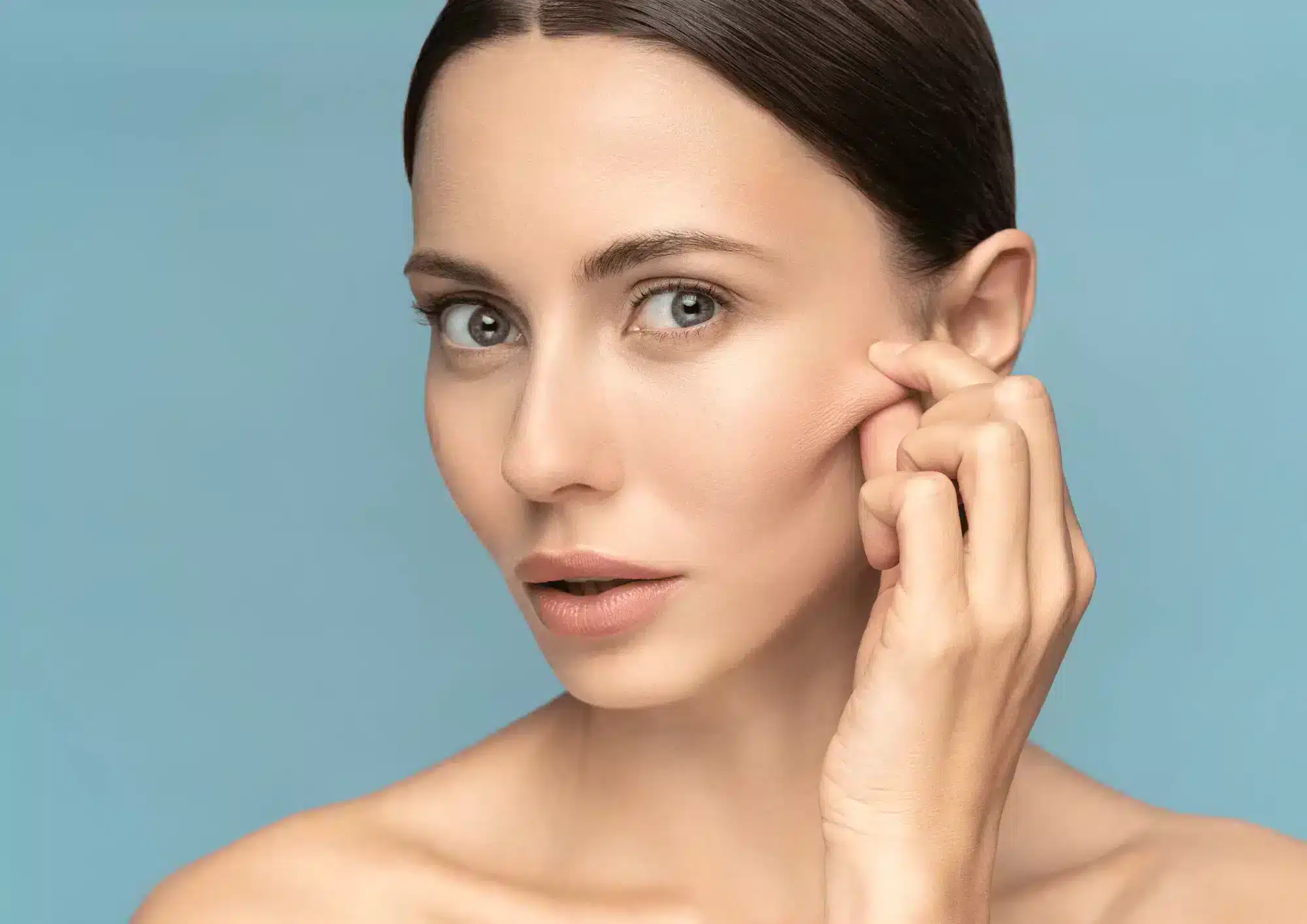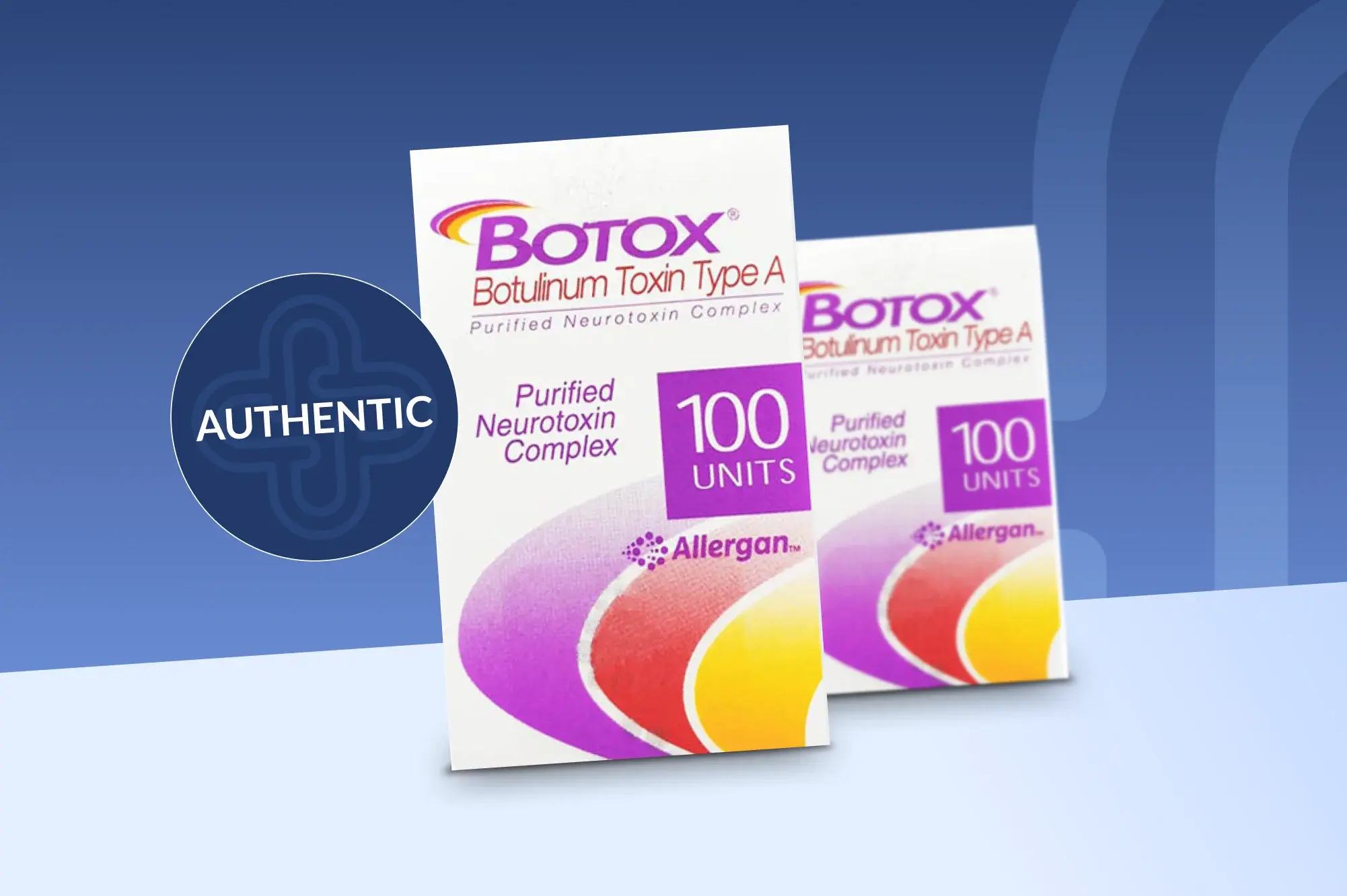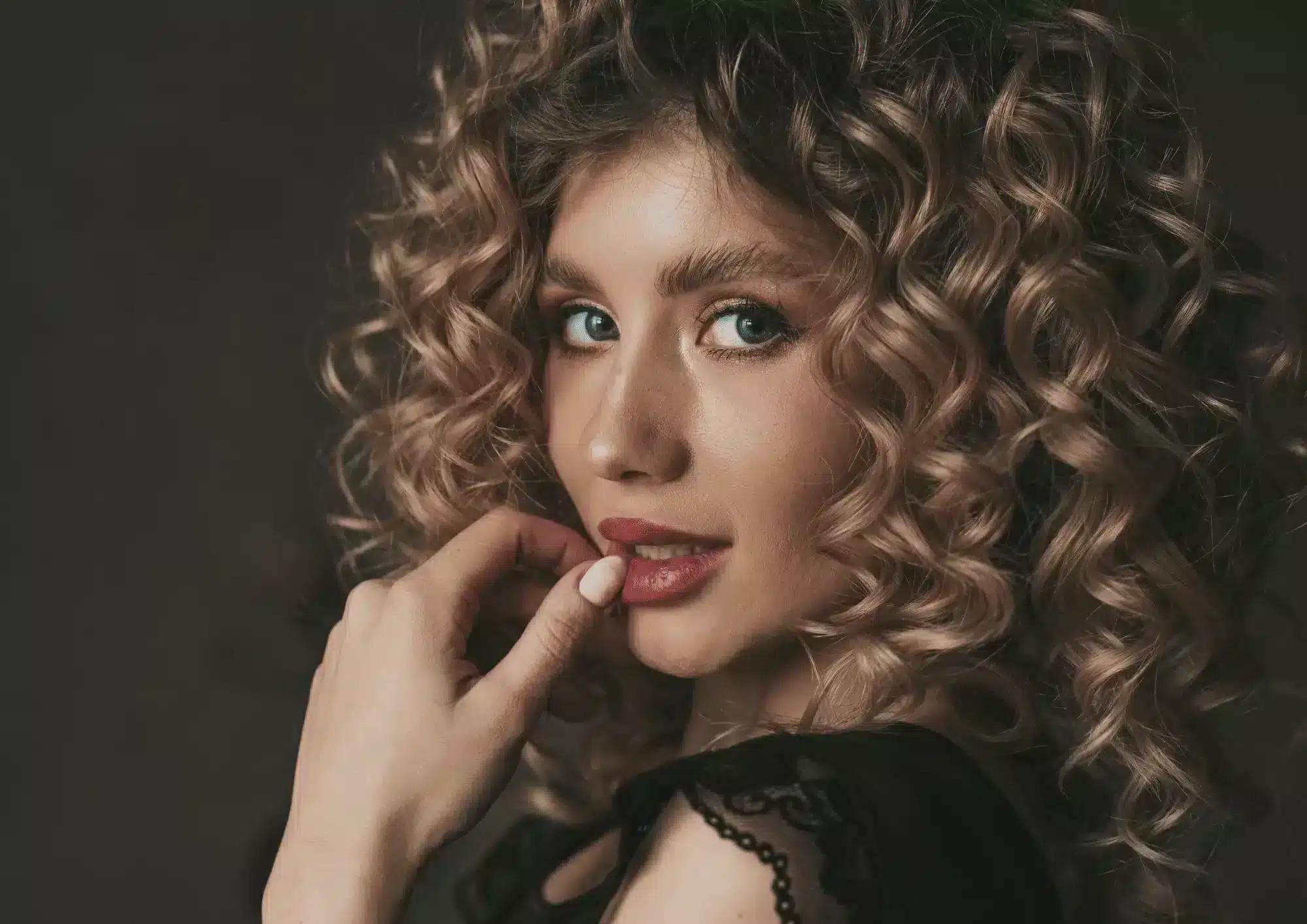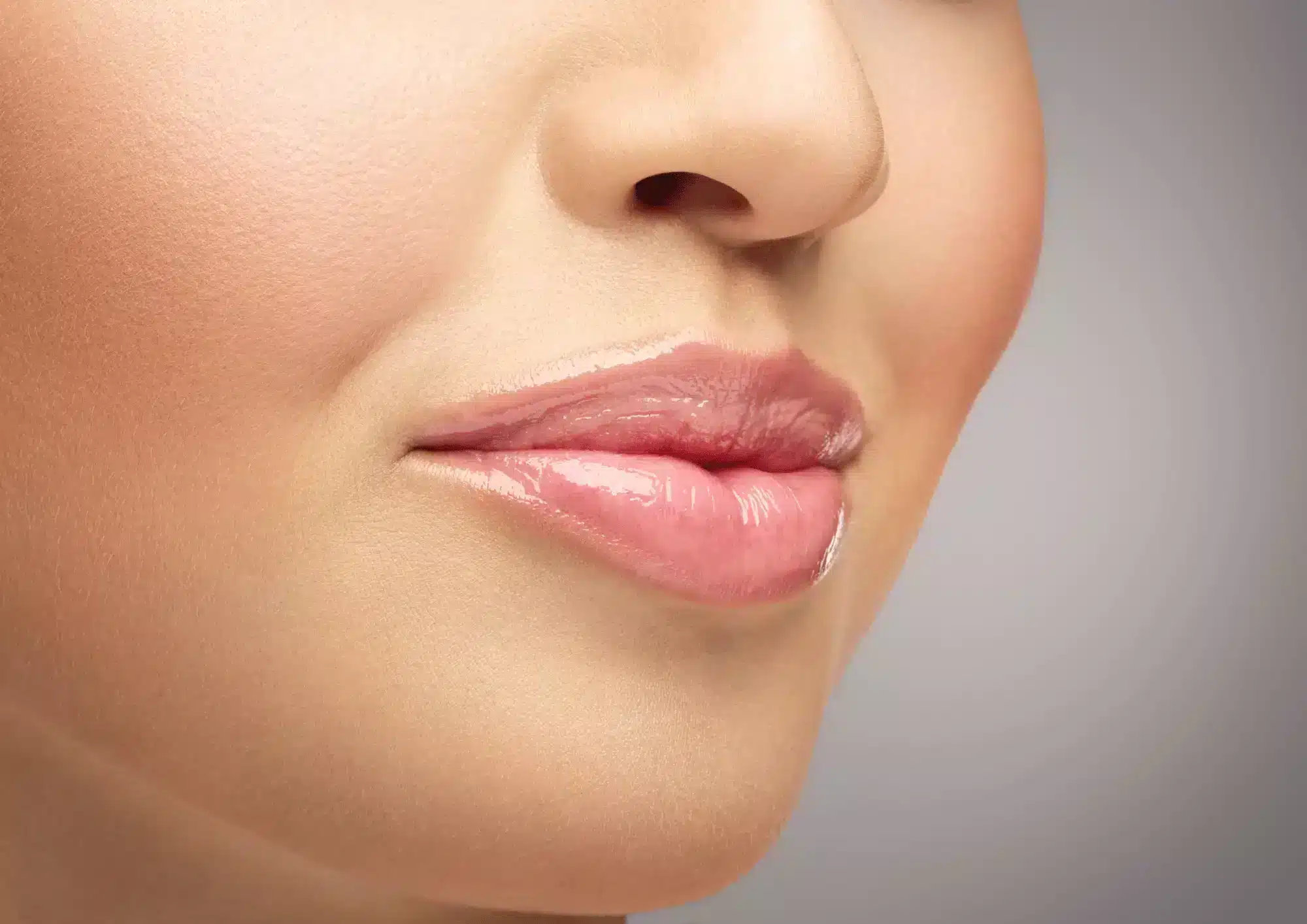The mid-face plays an important role when it comes to managing the signs of facial aging. In the cheeks, this is exemplified in the loss of malar fat pads, increased buccal hollowing, and descending ptotic cheek fat, which deepens the nasolabial fold and accentuates cheek concavity. Although doctors previously treated these signs of aging through the surgical lifting and tightening of the skin, it is now recognized that restoring volume to the cheeks can substantially rejuvenate the face as a whole.
When to use Restylane for cheeks
A youthful face has what is referred to as the “triangle of youth:” it is broadest at the cheeks and has its apex at the chin. However, the effects of age-related volume loss and increased skin laxity slowly change this triangle to a trapezoid, as the fullness originally in the midface slowly descends. Restoring volume to the cheeks counteracts these effects and creates a “liquid facelift,” preventing sagging in the lower face.
When it comes to cheek fillers, Restylane offers Restylane Lyft (formerly Perlane-L), a highly viscous and cohesive formulation designed to provide volume and lift to the face. This injectable gel is made of hyaluronic acid, a naturally occurring substance with innate water-retaining capabilities. These hydrophilic abilities allow Restylane to create natural-looking subcutaneous volume and fullness. Additionally, Restylane Lyft is manufactured using patented Non-Animal Stabilized Hyaluronic Acid (NASHA) technology, a process that maintains the native structure of hyaluronic acid. Because of this, the product is generally well-tolerated, as its non-animal nature ensures low allergenicity. The other filler that is currently FDA-approved for mid-face volume correction is Juvederm Voluma. While both formulations are robust and volumizing, and both fillers are capable of effective treatment, there are some distinctions between them. For instance, Restylane Lyft has a higher G’ (the measure of a filler’s “lifting” capacity). Some anecdotal reports on the clinical use of Restylane posits that Restylane’s higher G’ makes it a better choice for the cheek region than Juvederm Voluma. Your injector can explain this in further detail when you are ready for your treatment.
What to expect during treatment
Restylane treatment is simple, and normally takes no longer than half an hour to perform. The procedure is usually done with the patient sitting up, as the soft tissue structures of the mid-face are quite mobile and may be displaced if the head is in another position. This filler is injected via serial puncture or linear threading techniques in the lower dermis. In most cases, these injections are performed laterally over the periosteum of the zygoma. The practitioner should not overcorrect and should avoid injecting too superficially as that carries the risk of lump formation.
In summary, volumizing the cheek not only corrects the mid-face, but also rejuvenates the overall face, making it look younger. Thus, treating the mid-face with Restylane is a good way to restore facial balance, harmony, and beauty. If you are thinking about getting a liquid facelift with Restylane, talk to a licensed injector to find out if the treatment is right for you.








